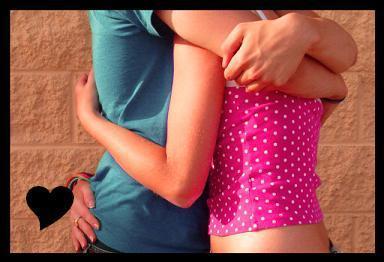
Perfumes
A Skelding Summary
Perfumes have their origin in the Ancient World and are mentioned in the Bible. No doubt Delilah and Salome had their own perfumers. The idea with perfumes is to smell desirable. A byproduct of this is to hopefully become attractive to the opposite sex. Cleopatra met Anthony covered in perfume , in a barge with sails soaked in rosewater.
Perfumes are made from many constituents - some natural (of plant and animal origin) and others synthetic. Oils which make perfumes are extracted from plants by steam distillation and then have alcohol added to them to enhance the fragrance. Other techniques include the 'maceration' of oils where the constituents such as peels from fruit are steeped in water before being treated again with alcohol.
Some fine perfumes have up to 100 or so ingredients - so the next time you encounter an interesting fragrance there will probably be something like cloves, lavender, moss, civet (from a cat) and musk somewhere within it.
Men tend to wear aftershave, which is simply perfume by another name. Rather than smelling of carnation or roses - men tend to go for fragrances that are based on spice, leather and wood - and which by definition are masculine and 'butch'. However recently sweeter frangrances are creeping in as men like the smell of flowers as much as women
Similarly, containers & receptacles for perfumes date back to the Ancient Egypt at least 1000BC. This was important in that the Egyptians used scents & perfumes a great deal for religious ceremonies - and it wasn't a good idea to see the perfume go off in the heat or evaporate. Certain fragrances are still valued in modern religions such as frankincence and Myrrh which make the crypts smell better. In the middle ages a congregation could be malodorous indeed. Bottles of glass and pottery were then used by the Greeks & Romans to store perfumes. The Romans particularly liked perfumes as they believed it could improve thei prowess of both ladies and gentlemen. They splashed it all over and put it in their famous baths. Special slaves called 'cosmetae' were employed to keep their mistresses fragrant.
In the Middle Ages in Europe perfume was important in the higher circles as they did not wash very often. The wigs and clothing were seldom if ever washed and became particularly musty after a while. Even lice & fleas were an accepted part of life no matter what social status. Hygeine is a comparitively modern concept after Pasteur and Lister demonstrated the efficacy of a good wash in improving health. Now, we tend to take deoderants for granted and turn up our noses at the faintest whiff of sporty activity.
Elaborate perfume bottles became commonplace due to the ascendancy of the Venetian glassblowing industry and by the 1700s bottles of scent were decorated with gold, silver and jewellery to denote the social status of the wearer and also the giver of the perfume which has been a welcome gift for many millennia.
In the nineteenth century classical designs by Josiah Wedgewood became popular, a tradition revived in the 1920s by the French jeweller, Rene Lalique. Though established perfumers like Channel are able to sell their essences in classic simple bottles, newcomers to the market rely on the exotic which are still popular and often cost more than the contents.
Histories of Things By Laurence Skelding



ไม่มีความคิดเห็น:
แสดงความคิดเห็น